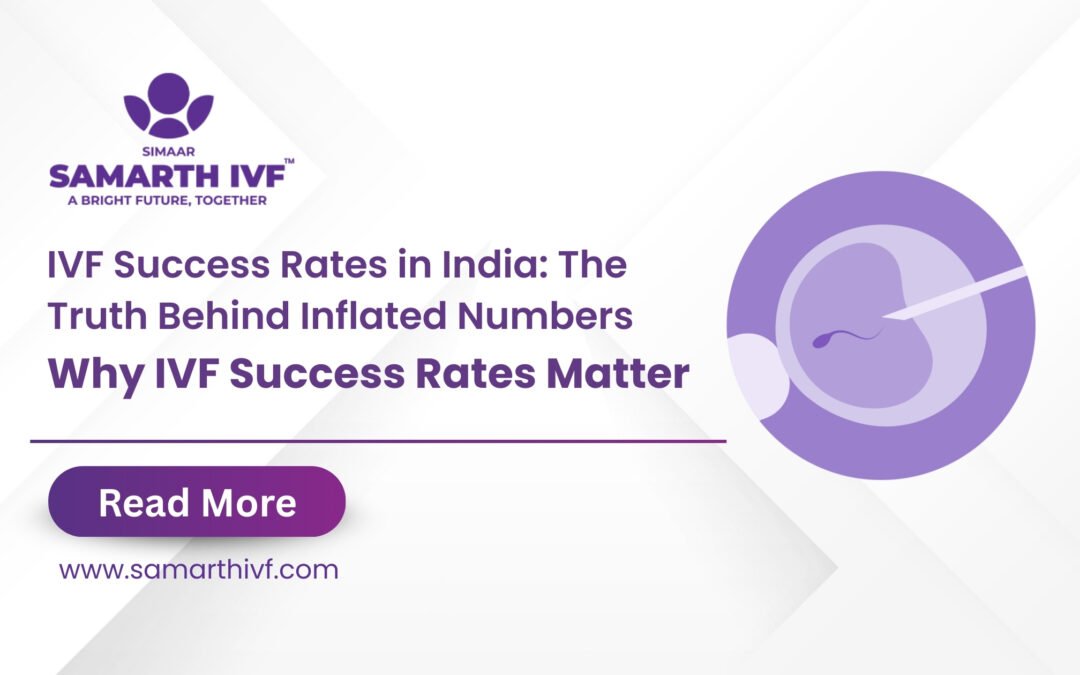
When couples begin their IVF journey, one of the first
questions they ask is: “What’s the success rate?
In India, you may often hear claims of 70–90% success
rates from IVF clinics. While this sounds promising, the
reality is that these numbers are often inflated. In this
blog, we’ll explore why these rates are exaggerated, how
success is measured globally, and what realistic
expectations should be
Why Are IVF Success Rates Inflated in India?
1. Marketing Pressure & Competition
IVF is a booming business, and clinics compete to attract patients.
High success rates are used in advertisements, brochures, and social media campaigns.
Some clinics claim numbers far above medical reality to stand out in the market.
2. Lack of Standardized Auditing
India does not have a centralized, strictly audited IVF registry like HFEA (UK) or CDC (USA).
Clinics self-report data, which can lead to unverified or manipulated statistics.
3. Misrepresentation of Data
Success is often reported per embryo transfer rather than per started cycle or per retrieval.
Failed cycles may not be included in the reporting.
Only best cases are showcased, giving a biased picture.
4. Counting Biochemical Pregnancies as Success
Some clinics label any positive β-hCG as a “success.”
Globally, clinical pregnancy with heartbeat or live birth rate is the true gold standard.
5. Financial Incentives
Higher success rates = more patient trust = more business.
Unfortunately, this can encourage exaggerated claims to boost revenue
What Global Standards Actually Say About IVF Success Rates
Global health authorities like CDC (USA), HFEA (UK), and ESHRE (Europe) report live birth rate per
cycle started as the gold standard
| Age Group | Live Birth Rate per Cycle |
|---|---|
| <35 yrs | 40–45% |
| 35–37 yrs | 30–35% |
| 38–40 yrs | 20–25% |
| 40–42 yrs | 10–15% |
| >42 yrs | <5% |
Key Notes:
Rates vary depending on age, AMH levels, embryo quality, sperm parameters, lab technology,
and genetics.
A consistent 40–50% live birth rate per cycle in women under 35 is considered excellent
worldwide.
How Patients Can Protect
Themselves from Misleading
Numbers
- Ask the clinic how they calculate success
rates – per embryo transfer or per cycle? - Request audited data if possible.
- Compare with international standards to
see if claims are realistic. - Focus on transparency and patient
reviews over flashy advertisements.

Key Takeaway
If a clinic claims 70–90% success rates, ask for clear definitions and proof.
A clinic with honest reporting and a 40–50% live birth rate per cycle for women under 35 is already
delivering world-class results.
Conclusion
Understanding the real IVF success rates can help you make informed decisions. Don’t
be swayed by inflated figures—ask questions, verify data, and choose clinics that value
transparency over marketing hype
